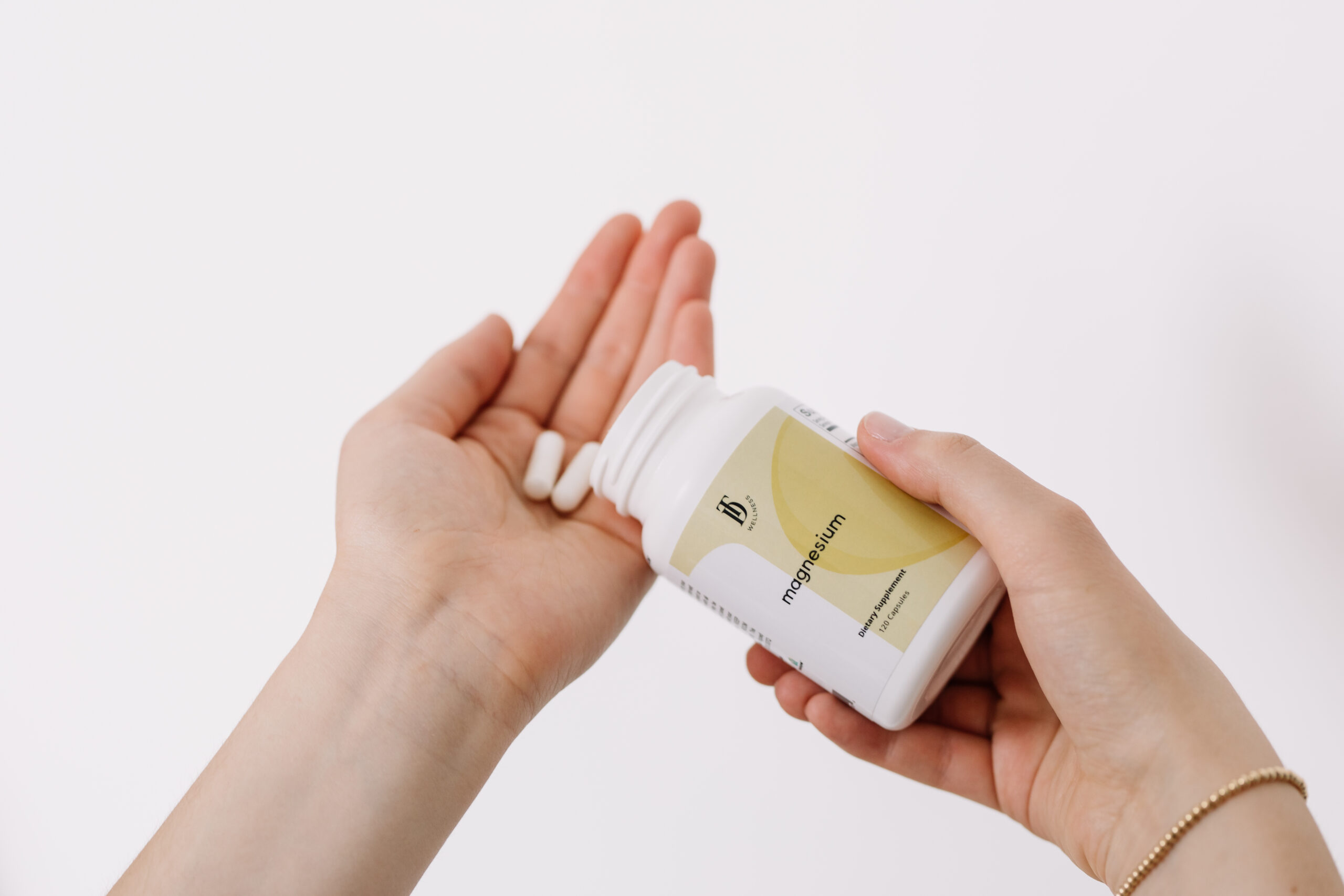If you are pregnant, nursing, or plan to become pregnant, you’ll want to know what to do if you get a clogged milk duct. It’s so helpful to have this information on hand and ready in case you need it rather than Googling answers in the middle of the night while you are in pain!
I’m going to start out by sharing some of the basics behind clogged milk ducts, but if you’re struggling with a clogged duct right now and need to get right to the solutions, then SCROLL DOWN and get right to it!
What is a clogged milk duct, anyways?!
A clogged milk duct is when there is a blockage in the milk flow in a portion of the breast, either at the nipple or further back in the breast ductal system. The obstructed milk can begin to thicken and create a tender lump/knot in the breast.
How do I know if I have a clogged milk duct?
It’s important to note that a clogged milk duct usually occurs on one side or the other, so the following symptoms are typically seen on the affected breast. Here are some common signs that you have a clogged milk duct:
-
A tender, hard lump in the breast
-
Redness, swelling, and pain at the point of the lump
-
Decreased milk flow on one side
-
Possibly a little pain relief after nursing or pumping
What are some common reasons behind a clogged milk duct?
Clogged ducts more commonly happen when the breast is inadequately emptied or when it becomes too full. Poor breast emptying during feeding can be due to improper latch or suction as well as rushed feedings. Engorgement, or the over-filling of the breast with milk, can be attributed to many things such as skipping feedings, going too long in between feedings, an oversupply of milk, or weaning too quickly.
It’s also good to note that clogged ducts are more common when mamas get over-tired and fatigued. Yet another reason to remember that taking care of yourself really is a great way to take care of your baby!
Why it’s important to catch and relieve a clogged milk duct right away
If a clogged milk duct persists for too long, it often turns into mastitis. Mastitis is a full-blown infection of the breast tissue, including fever and chills in addition to those painful clogged duct symptoms we referenced above (redness, swelling, tenderness…).
Mastitis is most often treated with antibiotics, and we want to do everything we can to avoid having to take antibiotics. (*However, in the event that you do need to take antibiotics, I wrote an article on How to Replenish Good Gut Bacteria after Antibiotics).
Most importantly, my suggestions for a clogged milk duct:
I want to share with you a lot of the things that helped me when I experienced a clogged duct while nursing.
-
Try the Epsom salt with Haakaa pump hack. Fill your Haakaa completely with warm water + a heaping tablespoon of Epsom salt mixed in. Attach the Haakaa to your affected breast as if you would for normal pumping. For 10-15 minutes, use the pump as a suction to draw out the clogged milk. You can do this 2-4 times a day until the clog is gone.
-
Nurse or pump every 2-3 hours and be sure to FULLY EMPTY the breast. Also, try dangle nursing, as gravity can help pull the blockage out while your baby is nursing.
-
Supplement with Sunflower Lecithin (I love the Legendairy Milk brand!). Sunflower lecithin is a natural fat emulsifier, which means it will help break down the fatty milk clump and improve the flow.
-
Use an electric toothbrush, LaVie lactation massager, or Frida Mom lactation massager to massage over and around the clogged duct.
-
Avoid tight or restrictive bras and clothing.
-
Put a heating pad over the affected area on the breast. Move over the clogged duct with a shower comb or your fingers in order to loosen the milk.
-
Try a castor oil pack over the clogged duct. Apply castor oil topically on the breast tissue over the area that is clogged (I like Queen of Thrones brand). Put a warm compress or heating pad over the castor oil area for 10 minutes. Do this up to 3 times a day. Make sure to FULLY WASH BREAST of all castor oil following each treatment.
-
Hydrate, hydrate, hydrate!! Drink plenty of fluids to keep from dehydration.
-
Take a warm shower, and massage the clogged duct with your fingers or use a manual pump on the affected breast side while in the shower. The combination of heat + massage or heat + pumping can sometimes help draw out the clogged milk.
-
Finally, eat 4-6 fresh garlic cloves a day. Fresh garlic has powerful antimicrobial properties. When you slice the garlic, it has less of a bite than when you mash it or mince it.
I hope these suggestions are as helpful to you as they were to me! A clogged duct is something you want to address right away before it turns into a bigger deal. And if you’re unable to relieve it on your own, it’s a good idea to call your lactation consultant or health care provider and discuss possible next steps.
Stay Updated With Exciting News at Taylor Dukes Wellness!
We are always working on new ways to serve you on your health journey. Be the first to know about new offerings, health articles, and more by clicking here and filling out your information so we can be in touch.




